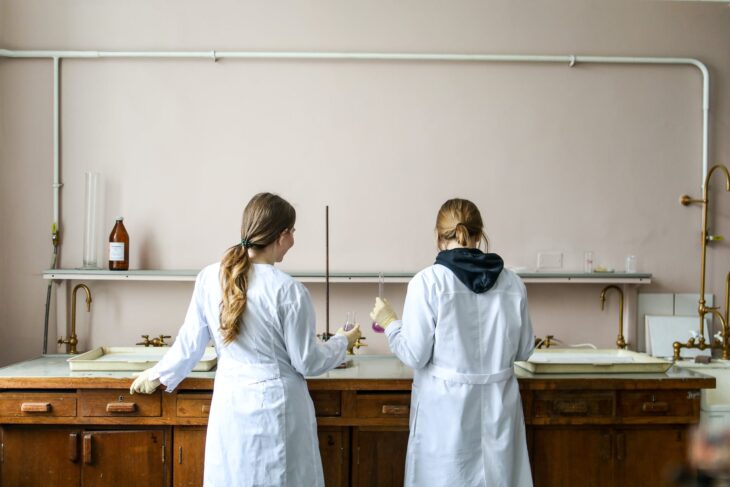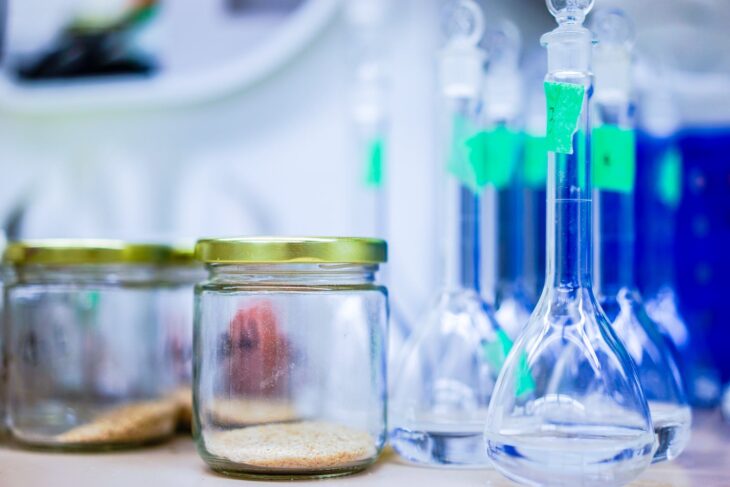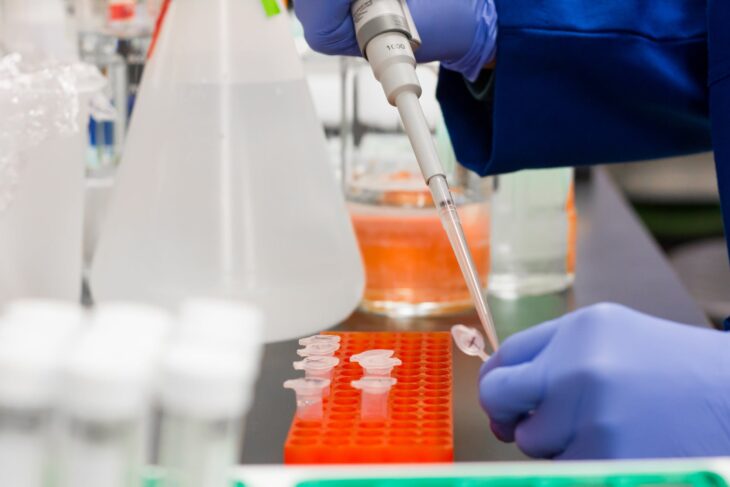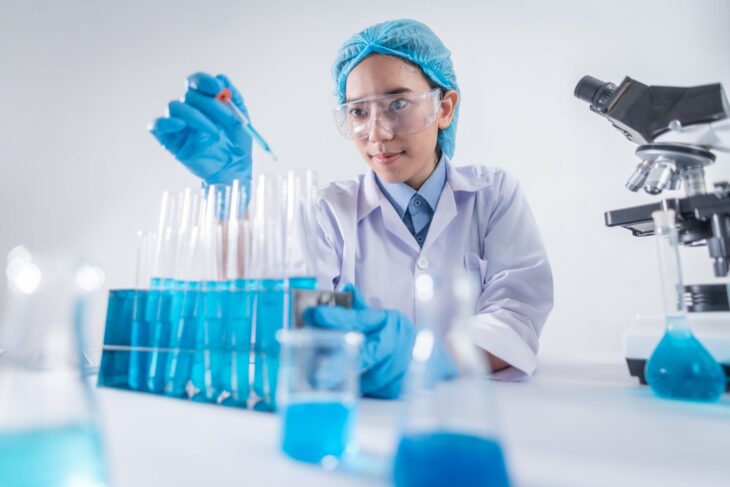Doing chemistry experiments is fun, don’t you agree with us? Even if you do not have formal education, there are numerous experiments that you can perform at home and have fun with your children. On the other hand, if you possess the knowledge and want to try something bit complicated, you will need an area in your home where you can work in peace.
Yes, you can build your own chemistry lab in your home, but there are certain guidelines that you have to follow. These are mostly related to safety which has to be your biggest concern. In addition, there are numerous things that you have to consider which is why we have a few tips for you.
Contents
Find the perfect location

Image source: pexels.com
Naturally, the initial thing that you have to do is to decide on the area of the house where you will set this lab. Our first advice is to find a place where you will have easy access to electrical outlets. If you have a spear room, that’s great, starting building the work station there. However, if this is not the case, you can do it in your garage taking that you have enough empty space there or simply move some things around.
Next, you should choose a location that is near a window or the ventilation system. As you surely know, some chemicals release fumes that you should not inhale because they can endanger your health. Also, don’t forget about the temperature. All the chemicals have to be stored somewhere where the temperature doesn’t change suddenly and drastically. Due to these requirements, a basement is not the right choice. Yes, you can create more than enough space down there, but keep in mind that it probably isn’t ventilated.
Furthermore, you need a lot of light. This is another reason why you should forget about the basement. If there isn’t enough natural light in your chemistry corner, you should purchase some additional lamps, as many as you need, because you have to be able to see what you are doing at all times.
Lastly, having easy access to running water is always convenient when it comes to doing experiments. Besides, this can be important for your safety if you accidentally spill something, so if there isn’t a faucet nearby, you should bring in a large container and make sure that there is always water in it.
Declutter the space

Image source: pexels.com
Now that you have decided where you are going to build the chemistry lab, it is time to declutter the area. One of the most important requirements that you have to meet is to ensure that you have enough counter space. Not only is this important because it will facilitate the process but working with too many items on your way can cause some accidental spills which is the last thing that you need.
One more thing – in the ideal world, you should have enough room to divide the counter into the wet and dry area. When it comes to the former one, it is a place where you will perform the experiments, while the latter one is where you will store all the chemicals and the equipment.
Purchase the equipment
Now the fun part has come – it is time to get all the materials and tools that you will need. Before you start making the list of things you need to buy, consider what kind of experiments you will be doing. For example, if you are going to stick to some basic ones, this list will be quite short. On the contrary, if you are a chemist and want to do something more complicated you should probably invest in advanced equipment.
Start with the essential tools such as beakers, Erlenmeyer flasks, test tubes and a rack for them, pipettes, a funnel, heat resistant tubing, thermometer, hot plates, stir plates and bars, milligram scale, and so on. If you want to check if you have forgotten something, you should check out msesupplies.com where you will find a list of supplies you might find useful. Again, these are some tools that you will use regardless of the experiments you choose, but keep in mind that these might not be enough. Also, some of these can be quite pricey so you should also consider your budget.
Get the chemicals

Image source: pexels.com
Obviously, the list of these mainly depends on the experiments. However, some of them such as bleach, acetone, baking soda, vinegar, ammonia, and soda ash are vital so you should start the list with them. The great part is that these can usually be purchase in grocery, lawn and garden, and hardware stores which means that they are quite accessible. However, be careful with these and use them responsibly, especially when mixing them together.
Take all safety precautions

Image source: pexels.com
Without a doubt, this is the most important thing that you have to ensure. First of all, never handle any of the tools and materials if you are not wearing protective gear. This includes a lab coat, goggles, and nitrile or latex gloves. You should always wear long pants and closed-toe shoes to cover every part of your body, and you should also tie back your hair so that it would come in your way.
Moreover, store all the chemicals somewhere safe and make sure to read all the labels. For example, those that are flammable should be kept in individual containers, in a special cabinet. Naturally, you should never keep them somewhere near the food and other groceries.
In addition, make sure to label them all correctly. Besides the name, you should also include some additional information such as the pH, the concentration of the solution, and the date when it was made. Once again, inspect the original label because you will learn which chemicals should be stored in plastic and which in glass containers. Finally, you should keep the flammable and hazardous ones somewhere where no one can reach them especially your kids. It is not a bad idea to lock that cabinet.
Last, of all, you should also install a smoke detector and keep an extinguisher nearby, just to be on the safe side. Remember that you have to be able to act quickly in case of an accident.
